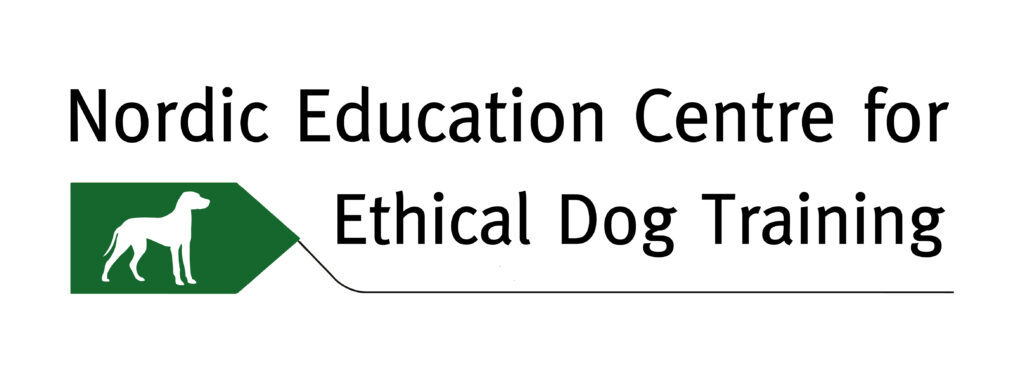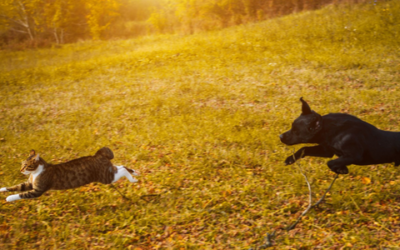How do we communicate with our dogs?
Claire and her boyfriend James recently adopted a dog from their local shelter. The three-year old mixed breed dog was found malnourished and abandoned in the outskirts of the city. After weeks of care and medication, Leia finally had found her forever family.
The first week was challenging for Leia and her new guardians. She was peeing all over the house and was very anxious to go on for walks. Claire, the patient one in the relationship, wanted to give her more time to settle in. James, on the other hand, was getting frustrated.
To take a break from being dog parents, the couple went for a dinner date. All they spoke about was Leia and the life they want to live with or without her. They agreed on giving her a month to get used to their apartment. When James opened the door, he was in for a shock. Leia had destroyed their sofa and had pooped on their bed. Claire knew what was coming.

“I cannot believe you did this,” James yelled at Leia.
“Do you know how expensive this sofa was? This is it. You are going back tomorrow.”
Leia sat down and made a “puppy” face. Claire stepped in and told James that Leia felt guilty and she won’t do it again. James reluctantly agreed.
Sadly, the next weekend when they had gone out again, Leia had chewed on the chair.
The same routine followed. James was shouting, Claire was crying and Leia was making her face smaller. But this time, James was not open to suggestions and Leia was returned to the shelter the following day.
Communication is everything
In our daily lives, we interact with several beings – people, animals, plants and inanimate objects. Leaving inanimate objects aside, living beings will react to how we communicate. Our dogs are constantly observing us, looking at our movements and gauging the tone of our voice.
We communicate with animals verbally and non-verbally.
Verbal communication
Verbal communication is everything we say to our dogs. But we must be careful at the words we speak and how we do it. Dogs prefer a life without conflicts. When we scream at our dogs, they get stressed.
In the story, Claire has been a victim of misinformation by the internet. The internet has made the “guilty dog” look popular. However, the reality is not what it is made out to be. The dog does not feel guilty for the actions he has been yelled at. The dog gets stressed from being yelled at and makes that face because he believes that it will help diffuse the situation.
Besides yelling, people who follow basic obedience also talk to their dogs while giving commands. For the people it might seem like nothing, but most of the time the dog has no context during the conversation. If you were asked to turn 360 degrees before sitting for dinner, you would be confused too. If you were offered a chocolate to turn and then sit, you would probably do it. But you would still not understand why you were commanded to do so in the first place. Verbal communication through commands hampers is not a healthy way to build a relationship with our dogs.
We also communicate with dogs when we talk to them for no reason. You might be already doing this often and people will call you crazy for talking to your dogs. The truth is that having conversations without dogs is healthy and you are not crazy. When you talk to your dog about how your day went, it is likely that the dog doesn’t fully understand what you are saying. But the dog is picking up on your tone, certain words, and even your body language. Your dog also understands different phrases used in different contexts. We often repeat them unknowingly which helps the dog build an association with the phrase. I tend to have a shower before taking the dogs out for a walk in the evening. I tell them that I will be out in ten minutes and then we can go. When I am out of the shower, I find them patiently waiting by the house door.
Non-verbal communication
Speaking of body language, non-verbal communication plays a huge role in how we interact with our dogs. We talk to our dogs using our facial expressions, head movement, posture, hand movement, hand signal, speed of movement, and touch.

A dog in pain will not like it if you touch the part where it hurts. An anxious dog might show signs of stress if you suddenly stand up and start moving while he is laying down beside you.
Every dog is unique. But all dogs will give some feedback when we are communicating with them. It is our responsibility to be able to interpret it correctly. Understanding how people communicate with dogs and how dogs communicate with people will help a guardian have a strong and healthy relationship with their canines.
At Nordic Dog Education Centre, we believe in educating dog professions with a holistic approach. To learn more about how to analyse different aspects of the dog, you can sign up for Level 1 of our International Dog Trainer School. Level 1 starts the 30th of January 2023, and you can find more details here – https://www.nordicdogtrainer.com/level-1/
References and research papers:
- Arpi – Domestic dogs display calming signals more frequently towards unfamiliar rather than familiar dogs
- Arpi – Calming signals in dogs: From myth to scientific reality
- Sciencedirect – Salient prompts to a familiar dog behaviour
- Sciencedirect – Are owners’ reports of their dogs’ ‘guilty look’ influenced by the dogs’ action and evidence of the misdeed?
- Sciencedirect – The early ontogeny of human–dog communication
- SpringerLink – The importance of gestural communication: a study of human–dog communication using incongruent information
- Nature – Dogs distinguish human intentional and unintentional action
The power of doing nothing
It just happens that we, humans, always try to find new things to do with our dogs. A new activity, game, training method. We are chasing the latest developments in the dog training...
Why do dogs chase cats?
In 2019, Universal Pictures released a fantasy film named Cats based on the famous stage musical with the same name. The film received largely negative reviews and made a loss at the...
What is the hand signal?
A visit to South East Asia is a life-changing experience for most Europeans. The food, the culture, the people and the hustle is something which makes the vacation memorable. Mark was...



